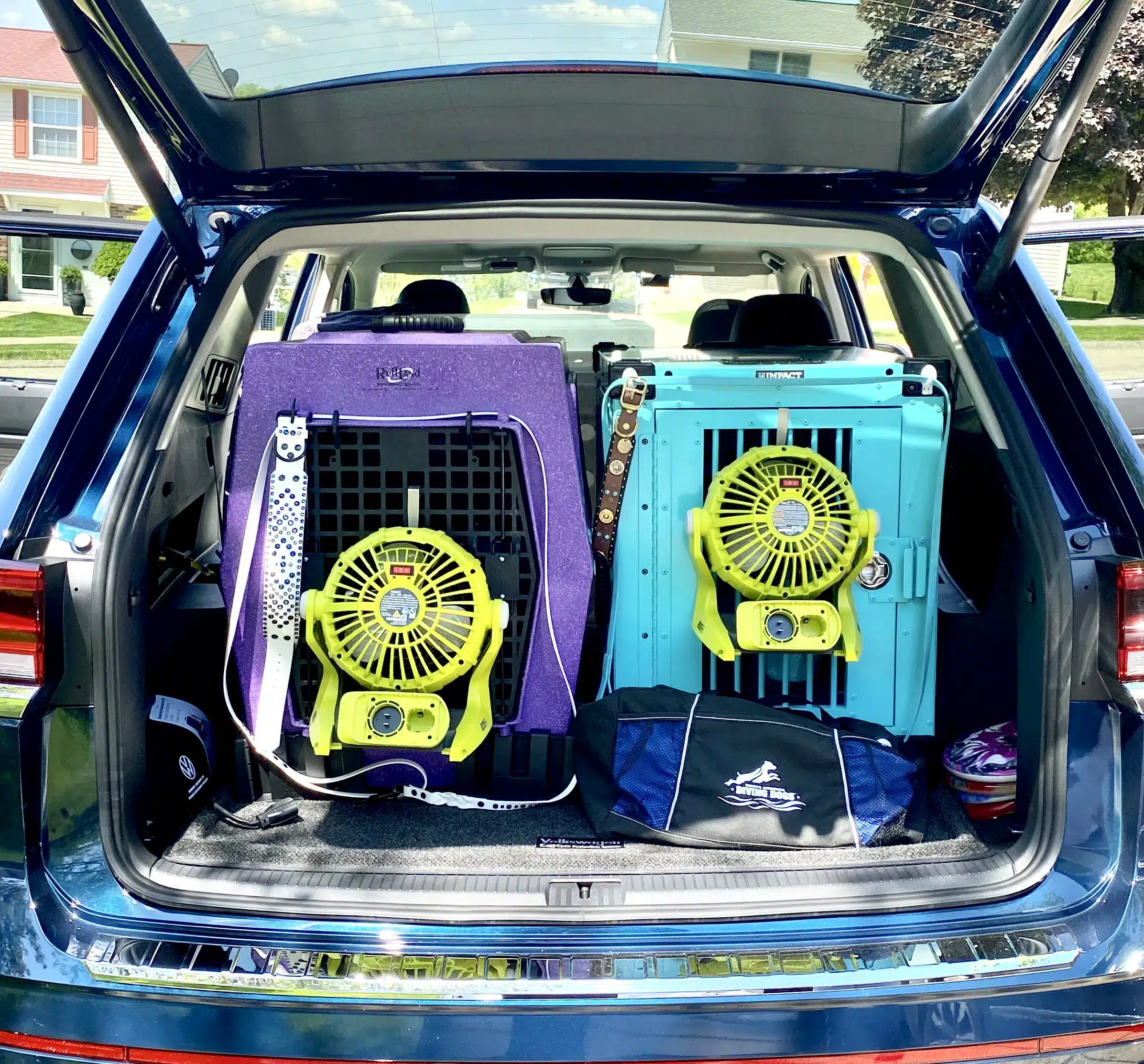The simple answer is yes, but life isn’t always that straightforward. Keep reading to find out why and get some brand and type recommendations.
Let’s start with the alarming statistics and some real-life stories.

Every veterinarian I know has horror stories about the injuries dogs sustain in accidents when they are not secured properly. There are also heartbreaking stories of dogs panicking and fleeing accidents through a broken window, only to be lost or hit by incoming traffic. According to a survey conducted by Kurgo and AAA, an unrestrained 10-pound dog in a crash at 50 mph will exert roughly 500 pounds of force. Meanwhile, an unrestrained 80-pound dog in a crash at only 30 mph will exert approximately 2,400 pounds of force, causing significant damage. Additionally, a staggering 65% of dog owners admit to engaging in at least one potentially distracting activity while driving with their dog. This makes driving without your dog in a crate or properly restrained a recipe for a very expensive emergency vet visit.
So, my dog needs to be restrained, but does it have to be a crate?
No, there are various ways to secure your dog. You can use a dog seat belt and harness, a dog car booster seat, a zip-line harness, a back seat barrier, a soft-sided carrier, or a crate. Regardless of the method you choose, all of these options will keep your dog away from the driver, significantly reducing potential accident-causing distractions.
But why should you consider using a crate?
- There are numerous benefits to using a crate that you may not get from other options:
- A crate can help shield your dog from broken glass.
- It keeps first responders safe, as dogs are more likely to bite when stressed and scared.
- It makes it easier for first responders or friends to transport your dog to a vet should you be incapacitated or require hospitalization.
- It prevents your dog from flying into a human occupant during an accident.
- It can reduce your dog’s anxiety by providing a safe den-like space that belongs entirely to your dog.
- It helps reduce motion sickness that can be triggered by looking out of rear windows.
- Allows you to attach a water pail for your dog’s comfort.
- Keeps your dog contained and safe when getting in or out of the car or when retrieving items from the car.
Not all products are created equal.
Unfortunately, most animal restraint options are not rigorously tested. Some harnesses have a reputation for breaking, and some crates have been known to shatter, bend, or even impale. If you want to do your own research on the best brands, I recommend starting with the Center for Pet Safety. However, keep in mind that there are excellent products confirmed to be safe based on multiple crash testimonials that have not been tested for one reason or another. For more in-depth information, brand recommendations, and help finding the best option for your budget, please schedule an informative virtual private lesson, which you can find on the dog training page of our website.
